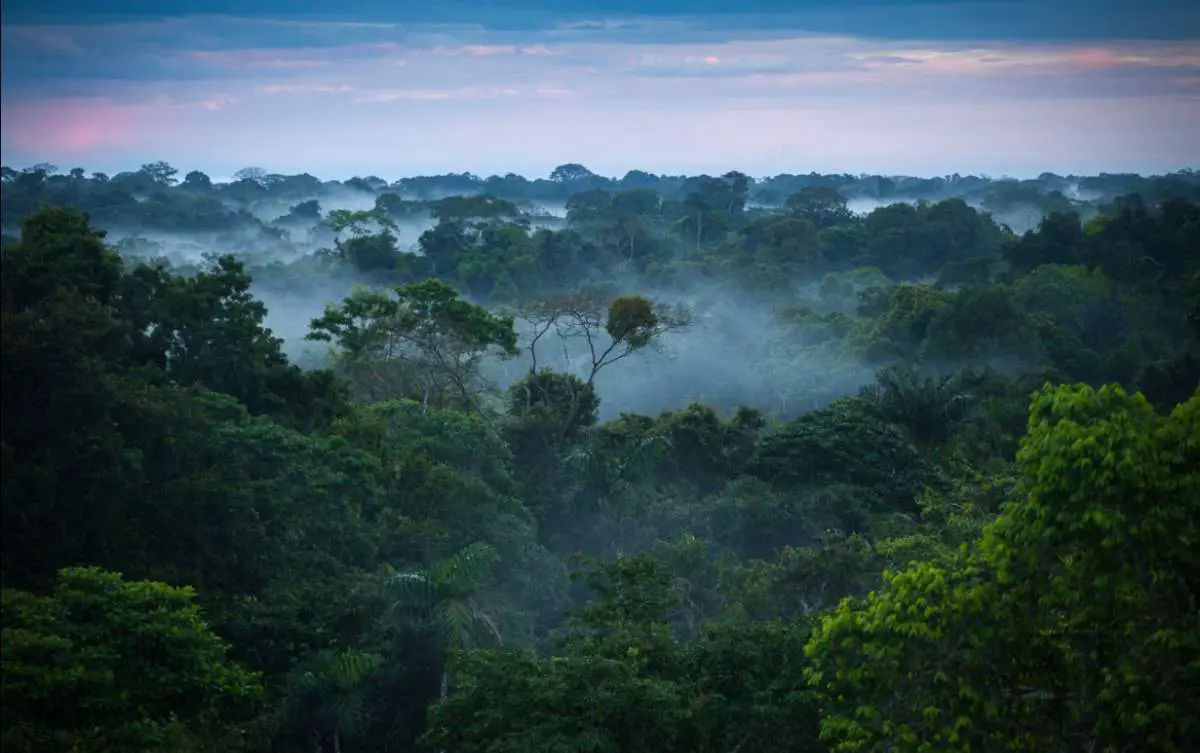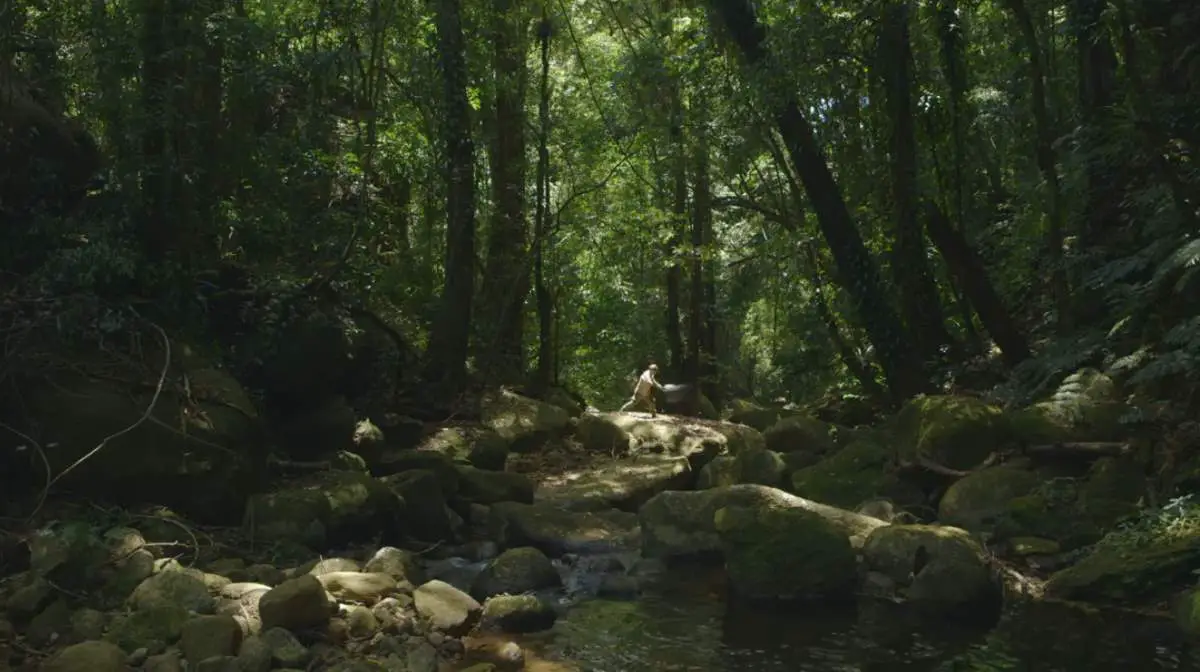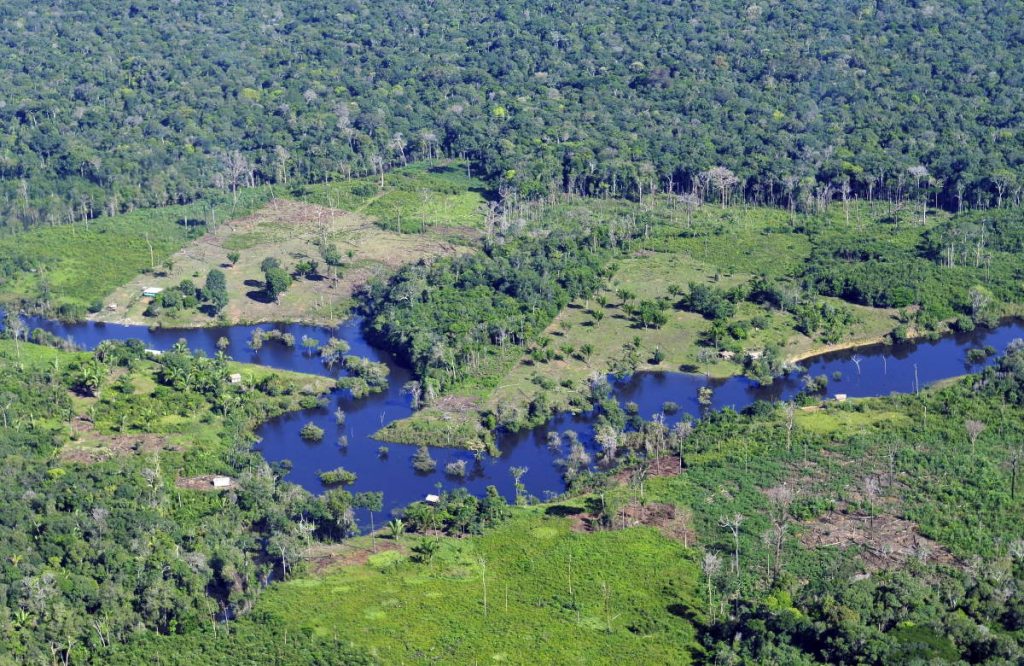Rainforests are the oldest living ecosystems and without a shadow of a doubt, the most vital habitats on Earth. They cover only 6% of the Earth’s surface but yet they contain more than half of the world’s plant and animal species. According to the current estimates, around 40% to 75% of all biotic species are indigenous (see notes 1) to the rainforests.
What’s more, there are probably millions of species of plants, insects, and microorganisms still undiscovered in tropical rainforests.
Unfortunately, rainforests are rapidly disappearing due to deforestation. The loss is huge, and probably hundreds or even thousands of undiscovered species going extinct every single day. We are losing them forever.
What is Rainforest?
A Rainforest can be described as a tall, dense jungle. They get a really high amount of rain per year, hence the name. Annual rainfall in the case of tropical rainforests is between 250 and 450 cm (98-177 inches), and definitions vary by region for temperate rainforests.

Infographic: Rainforests of the World
Todd Smith, an advocate of rainforest preservation with an interest in ecology, has created a very informative infographic of the world’s most prominent rainforests. You can see this incredible work below:

Related: The Lost Rainforest of Mount Mabu
Amazon Rainforest
The Amazon rainforest is the biggest rainforest in the world. It covers most of the Amazon basin of South America. This basin encompasses 7,000,000 km2 (2,700,000 sq mi), of which 5,500,000 km2 (2,100,000 sq mi) are covered by the rainforest. This region includes territory belonging to nine nations. The majority of the forest is contained within Brazil, with 60% of the rainforest, followed by Peru with 13%, Colombia with 10%, and with minor amounts in Venezuela, Ecuador, Bolivia, Guyana, Suriname, and French Guiana.
Congo Rainforest
The Congo rainforest is the second-largest rainforest in the world (after the Amazon rainforest). At 500 million acres, it is larger than the state of Alaska. There are approximately 10, 000 species of tropical plants in the Congo Basin and 30 percent are unique to the region. The lush forests are inhabited by endangered wildlife, including forest elephants, chimpanzees, bonobos, and lowland and mountain gorillas. 400 other species of mammals, 1,000 species of birds, and 700 species of fish can also be found there.
Southeast Asian Rainforests
The third-largest rainforests on Earth, the Southeast Asian rainforests are the oldest, consistent rainforests on Earth, dating back to the Pleistocene Epoch 70 million years ago. They are also thought to be the most biologically diverse ecosystems on Earth: their biological richness and diversity are unequaled by that of the Amazon or African rainforests. Unfortunately, they are shrinking much faster than any other rainforest in the world – they will be completely destroyed in around ten years.
Valdivian Temperate Rainforest
Named after the Chilean city of Valdivia, the Valdivian template rainforest lies on the west coast of southern South America, in Chile, and extends into Argentina. It includes stands of huge trees, especially Nothofagus and Fitzroya, which can live to a great age. Some of the threatened mammals of the rainforest include the monito del monte (Dromiciops gliroides), an arboreal marsupial, and the southern pudú (Pudu pudu) the world’s smallest deer, and the kodkod (Leopardus
Tongass National Forest
The largest national forest in the United States at 16.7 million acres (68,000 km2), the Tongass National Forest in Southeast Alaska is the largest national forest in the United States. Most of its area is part of the temperate rainforest WWF (see notes 2, 3) ecoregion, itself part of the larger Pacific temperate rainforest WWF ecoregion, and is remote enough to be home to many species of endangered and rare flora and fauna.
Daintree Rainforest
The rainforest is named after Richard Daintree, the Australian geologist, and photographer (1832-1878). The Daintree is a part of the largest continuous area of tropical rainforest on the Australian continent. Its tropical rainforest ecosystem is one of the most complex ecosystems on Earth.
Kinabalu National Park
It is Malaysia’s first World Heritage Site designated by UNESCO in December 2000 (see Top 20 Countries having the most number of UNESCO World Heritage Sites). With more than 4,500 species of flora and fauna, including 326 bird and around 100 mammal species, and over 110 land snail species, Kinabalu
Notes
- Indigenous generally refers to people who have lived in a place or country for a very long time. Also known as natives, Indigenous people are ethnic groups who are the original inhabitants of a given region, in contrast to groups that have settled, occupied, or colonized the area more recently. In biogeography, a species is defined as indigenous to a given region or ecosystem if its presence in that region is the result of only natural processes, with no human intervention. In other words, indigenous is living organisms (plants, animals, insects, etc.) that developed in a place rather than arriving from somewhere else. The word indigenous comes from the Latin ‘indigena’ meaning ‘a native’ and was developed in mid-17th century English to carry the meaning it now holds.
- There are two types of rainforests: tropical, and temperate. Tropical rainforests (i.e. Amazon rainforest) are typically found within 10 degrees north and south of the equator and are characterized by a warm and wet climate with no substantial dry season. Temperate rainforests, as their name suggests, are rainforests in temperate regions. Tropical forests cover much larger areas than temperate rainforests.
- The World Wide Fund for Nature (WWF) is an international non-governmental organization founded in 1961, working in the field of wilderness preservation, and the reduction of human impact on the environment.
Sources
- What is a rainforest? on CalTech.edu
- Rainforest on Wikipedia
- Indigenous on MacMillan Dictionary Blog
- Amazon Rainforest on Wikipedia
- Valdivian temperate rainforest on Wikipedia
- Congo Basin on the World Wildlife Fund website
- Daintree Rainforest on Wikipedia
- Southeast Asian Rainforests on Blue Planet Biomes website
- Tongass National Forest on Wikipedia
- Kinabalu Park on Wikipedia
- Moon Landings: All-Time List [1966-2025] - February 2, 2025
- What Is Max-Q and Why Is It Important During Rocket Launches? - January 16, 2025
- Top 10 Tallest Rockets Ever Launched [2025 Update] - January 16, 2025

